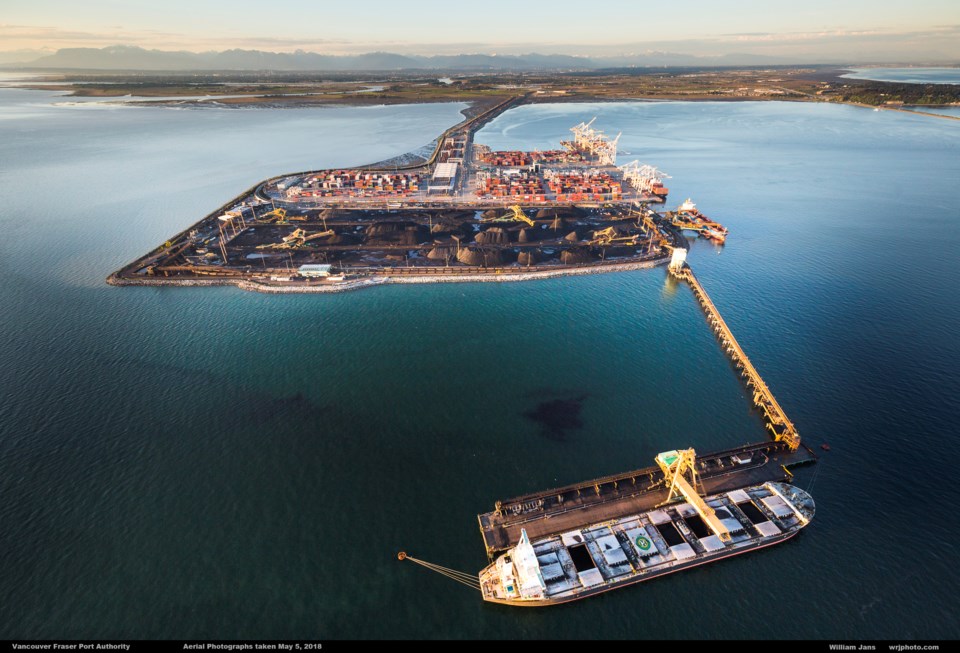The volume of inbound containers moving into Vancouver ports dropped by 18 per cent in the first half of this year, mirroring trends throughout North America caused by a slowing economy, the Vancouver Fraser Port Authority, said last week.
However, that slump was balanced by a jump of a 14-per-cent increase in outbound containers as exporters took advantage of lower freight rates and more capacity in the system, when compared to the first half of 2022.
“The Port of Vancouver, like many major container ports in North America, experienced a drop in containerized imports throughout the first six months of 2023, due to a cooling economy and well-stocked retailer inventories,” said Victor Pang, interim president and CEO with the Vancouver Fraser Port Authority.
However, the entire Port of Vancouver saw an overall increase of 11 per cent in cargo volumes, when the first half of this year is compared to the same period last year, said a release from the port authority.
When it comes to grain exports, numbers are up sharply which is partly explained by a previous drought, which reduced harvests.
Nevertheless, shipments of bulk wheat spiked by 144 per cent, as world markets adjust to the effects of Russia’s invasion of Ukraine in 2022, said a release from the Vancouver Fraser Port Authority.
Japan and Algeria are the two largest markets for Canadian wheat, while 17 per cent of Canada’s wheat goes to Africa.
Canola shipments also jumped by 124 per cent and bulk grain exports jumped by 121 per cent.
Two other bright spots boosted numbers. Cruise ship passenger numbers are up by 82 per cent, while shipments of inbound autos, increased by 33 per cent, when the first half of 2023 is compared to the same period in 2022.
However, coal exports dropped by two per cent and fertilizer exports dropped by one per cent.
The strike this summer by International Longshore and Warehouse Union members took place in July and didn’t influence the numbers.
“We are one of the most diversified ports in North America in terms of the different cargo we handle,” Pang said.
If consumer spending is down, that will affect the volume of containers shipped, he added.
Despite a slowing economy, it’s good to be able to help farmers get their products to market, he said.
The port is also working on becoming more efficient after the World Bank and S&P Global Market Intelligence ranked the Port of Vancouver second last, 347th out of 348th in the global ranking in the Container Port Performance Index 2022. The index is based on a ship’s time spent in port.
In that year, there were pandemic and climate-related challenges, Pang noted.
As well, the index doesn’t show the complete journey and processing of goods that are moving through the port.
“We are working on various things to improve the fluidity of this port,” Pang said. There are road and rail capacity projects, he added. As well, one project involves spending more time managing the traffic flow of vessels in the port, while another involves sharing data between port partners in order to identify where bottlenecks are, both from a short-term operational and a longer-term planning perspective.
“So, lots of things that we’re doing to optimize the efficiency here at the Port of Vancouver,” Pang said.



